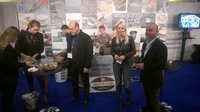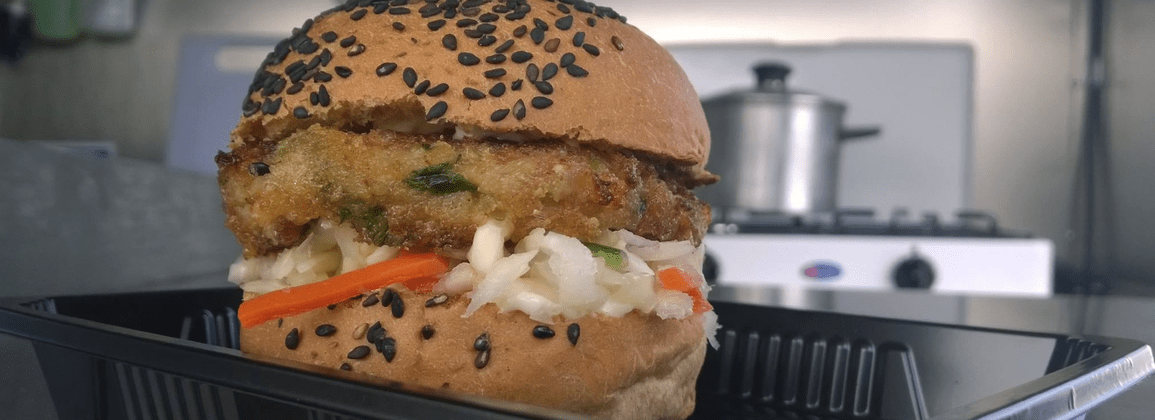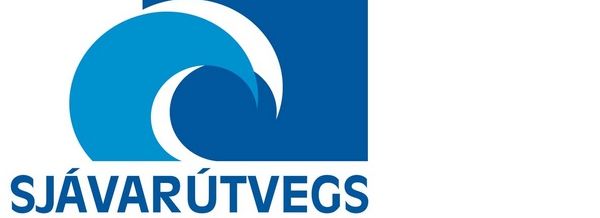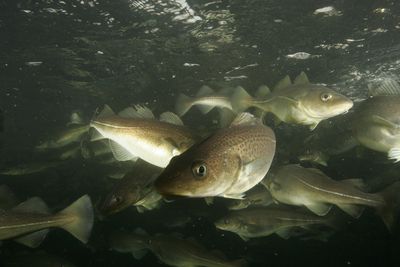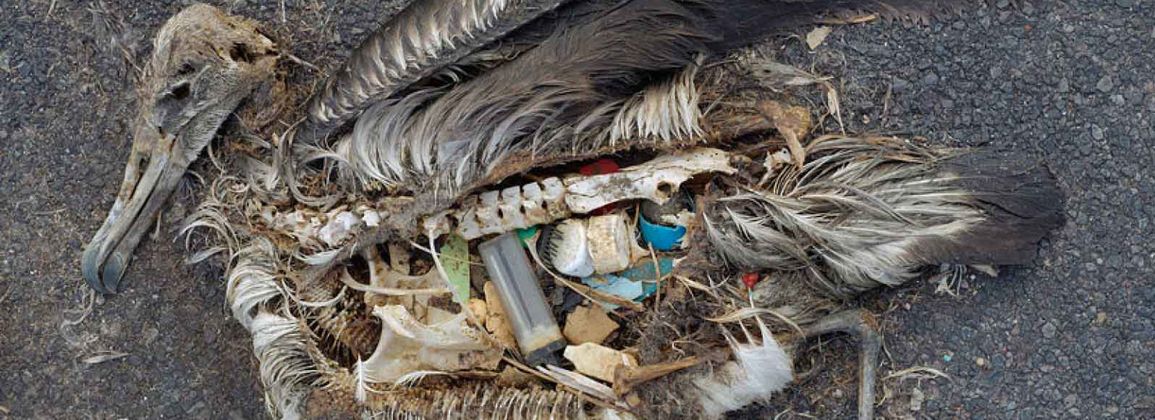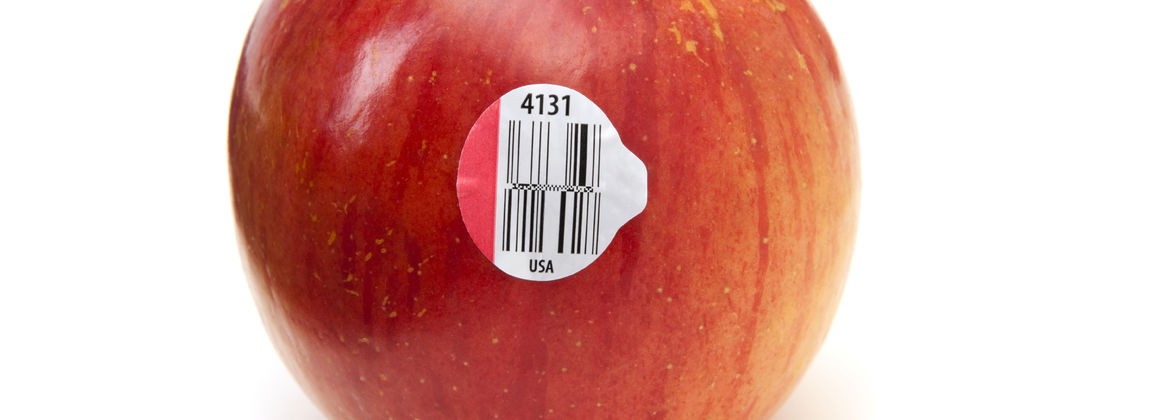Contact
Gunnar Þórðarson
Regional Manager
gunnar.thordarson@matis.is
Research of superchilling of whitefish / Research of superchilling of whitefish
Five studies were conducted by a research team (supercooling team) in the summer of 2014 to test the effect of supercooling on the processing and product quality of whitefish. This project was based on foreign scientific research on supercooling, which was carried out in laboratories, while the research of the supercooling team was carried out under processing conditions. The results of the research team indicate even more activity than the basic research on which it was based. The main drawbacks were that with supercooling immediately after bleeding and gutting, death stiffness can be significantly delayed, but no damage processes begin until it is completed. It is known that the main reasons for release are rapid death stiffness as the flesh tears with a rapid contraction that clashes with the fish's bone marrow. Fish is 800 times more sensitive than meat and therefore it can withstand very little damage during handling. The results of the supercooling team's research show that during supercooling, the flesh hardens without freezing and withstands all treatments much better, such as filleting, peeling and trimming. Not only is there a difference in the appearance of super-chilled fillets compared to traditional ones, but the proportion of those who went for the most expensive packages was significantly higher. An experiment was carried out at Íslandssaga in Suðureyri and the result was that the increased value due to supercooling was around ISK 900,000 per day. When processing super-chilled fillets for fresh fish export, they were returned in packages at -0.8 ° C while traditional processing was at +2 to + 5 ° C. Freezing part of water in fillets (5‐30%) builds up a high cooling energy that maintains a low temperature throughout the processing (filleting, skinning and trimming). The results of the research team are that with supercooling on board a fishing vessel down to -1 ° C immediately after bleeding and gutting, the use of ice becomes unnecessary for storage in trains and warehouses on land. Trains and cold rooms will be operated at 11 ° C, which is sufficient to maintain supercooling for a long time. Attempts were made to store cod under these conditions for eight days, and the results of research showed that its quality during processing at Fisk Seafood was high and better than with traditional processing.
Five studies were conducted by a research team (superchill ‐ team) in the summer of 2014 to test the effects of superchilling on production and quality of whitefish. This project was based on published studies on superchilling, conducted in laboratories, but the superchill ‐ team conducted their study at industrialized conditions. Conclusion of the research team suggests greater functionality than the scientific researches it was based on. The main conclusion are that super ‐ chilling right after bleeding and gutting can significantly delay rigor mortis, but no spoilage take place before that process. It is well known that the main reasons for gaping in fish fillets are the contraction and relics causing by rigor mortis. Fish is 800 times more sensitive than meat, so it is perishables against handling in processing lines, like filleting, skinning and trimming. One finding in these research is that by super chilling the fish before the process, the flesh is more stiff without being frozen, and can withstand handling in processing much better. The super chilled product is not only looking better compared to the traditional product, but the proportion of more valuable products were significantly higher. A research made in the freezing plant Icelandic Saga in Sudureyri, gave a result were increased value due to super cooling was about 900 thousand ISK per day. In the same trial a temperature for fresh packed fillets for the British market, the product temp for super chill were ‐0,8 ° C, but the traditional product were packed at +2 to +5 ° C. Freezing part of the water content of the fish, around 5‐30%, builds up a massive cooling energy that keeps low temperatures throughout the processing (filleting, skinning and trimming). Results of the research team were thatsuper ‐ cooling fish on board a fishing vessel, down to ‐1 ° C immediately after bleeding and gutting make the use of ice in fish hold redundant. The fish hold need to be run at ‐1 ° C which is sufficient to maintain the super ‐ cooling for a long time. The research team kept whole cod without ice for eight daysin container and ‐1 ° C, with demanding result and extremely good product quality, significantly better than the traditional process.
Report closed until 01.11.2016



